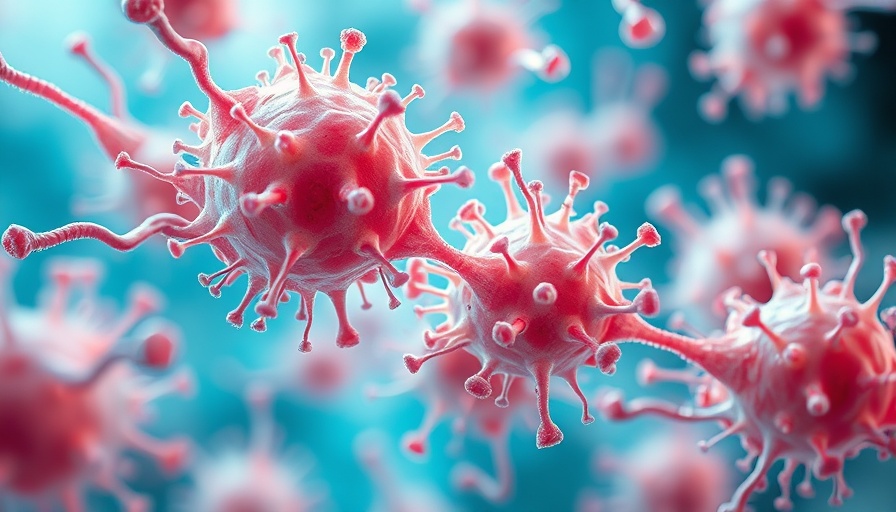
The Hidden Impact of Nanoplastics on E. coli
Nanoplastics, microscopic particles found in various environments, may be signs of a lurking crisis. Emerging research from the University of Illinois suggests that these minuscule fragments could heighten the virulence of E. coli, a notorious foodborne pathogen. With nanoplastics increasingly infiltrating our ecosystems—from water supplies to food chains—the health implications are serious, especially for those in healthcare and fitness realms who prioritize wellness.
How Do Nanoplastics Interact with Bacteria?
These studies reveal that certain positively charged nanoplastics are particularly harmful to E. coli O157:H7. When exposed to these plastics, the bacteria exhibit physiological stress, producing greater amounts of Shiga-like toxin, which poses significant health risks. This correlation illustrates the need for a deeper dive into how everyday materials, such as polystyrene found in takeout containers, may contribute to food safety issues.
The Urgent Need for Research and Awareness
Understanding the relationship between environmental factors and bacterial behavior is crucial, particularly because the implications extend directly to public health. Current research highlights that this is just the start; future studies may reveal more about how different chemicals in our environment could exacerbate these interactions, which might concern tech professionals, healthcare providers, and entrepreneurs focused on sustainability.
Insights for Practitioners and Health Coaches
As professionals in healthcare and fitness grapple with the implications of nanoplastics, awareness is key. The more we understand about how our environment affects pathogenic behavior, the better equipped we are to create holistic approaches that safeguard public health. This alarming discovery stresses the need for proactive measures in both dietary choices and environmental practices.
 Add Row
Add Row  Add
Add 




 Add Row
Add Row  Add
Add 



Write A Comment